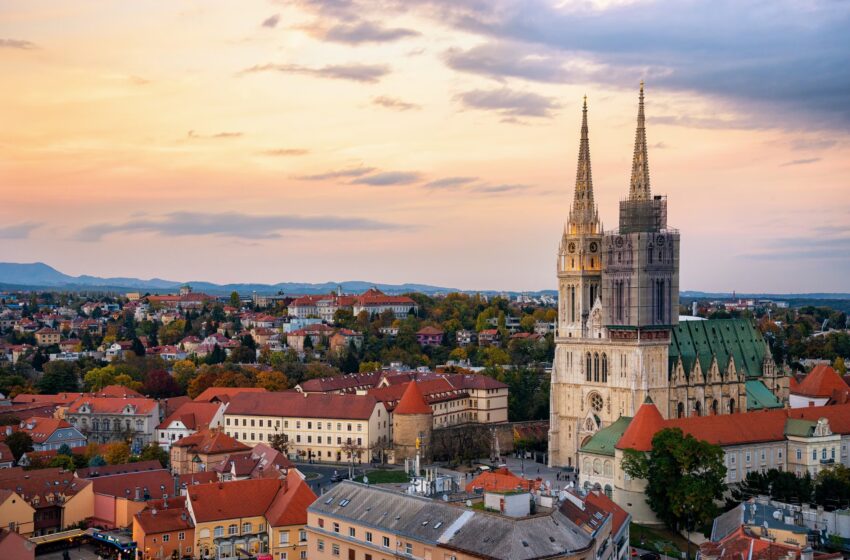Honoring Mid’hat Frashëri: A legacy of Albanian nationalism and culture

Photo: Mid'hat Frashëri
The National Historical Museum commemorated the 75th anniversary of the death of Mid’hat Frashëri, a prominent figure in Albanian history, known for his contributions as a publicist, writer, translator, albanologist, diplomat, and activist for the Albanian national cause.
Frashëri’s impact on Albanian nationalism and culture is profound. His efforts contributed to laying the groundwork for a unified national identity, making his legacy significant in understanding Albania’s historical narrative and its quest for cultural cohesion.
- Early life
Born in 1880 in Janina, Frashëri was the son of the distinguished Albanian patriot Abdyl Frashëri. He was also known by the pseudonyms “Lumo Skëndo” and “Mali Kokojka.” His early education was influenced by his uncles, Naim and Sami Frashëri, through whom he gained a broad cultural foundation and mastered several foreign languages.
- Contributions to Albanian media
In 1908, he founded the newspaper “Liria” in Thessaloniki. From 1897 to 1928, he intermittently published the magazine “Kalendari Kombiar” and launched the magazine “Diturija” in Thessaloniki, Constanța, and Tirana in 1909. These publications addressed significant historical, linguistic, folkloric, and traditional issues concerning the Albanian people.
- The Congress of Manastir
Mid’hat Frashëri played a significant role in the Congress of Manastir, held in 1908, which was crucial for the development of the Albanian alphabet. As a prominent delegate, he was elected chairman of the Alphabet Commission, which was tasked with standardizing the Albanian alphabet.
The Congress aimed to unify the various regional dialects and scripts used by Albanians, which caused fragmentation in communication and education. Frashëri advocated for a phonetic alphabet that would be accessible to all Albanians, promoting national unity and cultural identity. The outcome of the Congress was the adoption of a new alphabet consisting of 36 letters (including unique characters such as “ç,” “ë,” “sh,” and “zh”), designed to better represent the sounds of the Albanian language. This standardized alphabet has had a lasting impact on Albanian literacy, education, and national identity, helping to foster a sense of unity among Albanians across different regions. Frashëri’s contributions were instrumental in laying the groundwork for these advancements.
- Role in Albania’s Independence
He participated in the National Assembly of Vlorë on November 28, 1912, when Albania’s independence was declared and served as Minister of Foreign Affairs in the Provisional Government of Vlorë. During Prince Vidi’s reign, he held the position of Minister of Posts and Foreign Affairs.
Throughout World War I, he traveled across various European countries. In 1918, he was appointed Minister in the government of Turhan Pasha Përmeti and became a member of the official Albanian delegation at the Paris Peace Conference. From 1923 to 1925, he served as Albania’s Minister in Athens, where he protested against the forced displacement of Muslim Albanians from Çameri by the Greek government.
- Cultural Contributions
Between 1926 and 1939, Frashëri opened the bookstore “Lumo Skëndo” in Tirana, which became a cultural hub for intellectuals and nationalists.
- Leadership During World War II
During World War II, he led the National Front organization (Balli Kombëtar). Mid’hat Frashëri’s role in the National Front during World War II was pivotal in shaping the organization’s objectives and activities. The National Front was a nationalist movement that emerged as a response to foreign occupation, aiming to defend Albanian territorial integrity and promote national sovereignty.
He worked to unify various nationalist factions and promote a cohesive front against both Axis occupation forces and any attempts at territorial encroachment from neighboring countries. Frashëri emphasized the importance of Albanian culture and identity, rallying support among the population by highlighting shared national values and history.
Under his leadership, the National Front engaged in political negotiations and sought international support for Albania’s independence and territorial claims, particularly regarding the contested regions of Kosovo and Çameri. The National Front was involved in resistance activities against both Italian and German occupiers, seeking to mobilize the population in defense of the homeland.
Frashëri and the National Front envisioned a post-war Albania that would be independent and united, resisting the communist influences that emerged after the war. His leadership in the National Front left a lasting mark on the Albanian nationalist movement and continues to be a significant part of his legacy.
- Post-War Challenges
However, his legacy was tainted when the National Front, unable to resist the communists, joined the Quisling government that had been established in Albania by the Nazis. This led to him being accused by the communists of collaboration with the Germans although Frashëri held no official post in the government and was not involved in any crimes. After the war, as the communist regime took power in Albania, Frashëri fled to Italy and then to London, where he continued to advocate for a free and independent Albania through the “Free Albania” Committee.
- Final Years and Legacy
Mid’hat Frashëri passed away in New York on October 3, 1949, leaving behind a rich legacy of cultural and political contributions to the Albanian nation. In the post-communist years, this complex figure has been slowly rehabilitated, and his huge contribution to Albania and the Albanian people has been recognized, alongside the stain placed on his biography by the fact that the movement he led collaborated with the Nazis. His work continues to inspire future generations in their quest for identity and unity. In 2018, his remains were repatriated and he was buried with honors in Albania.


